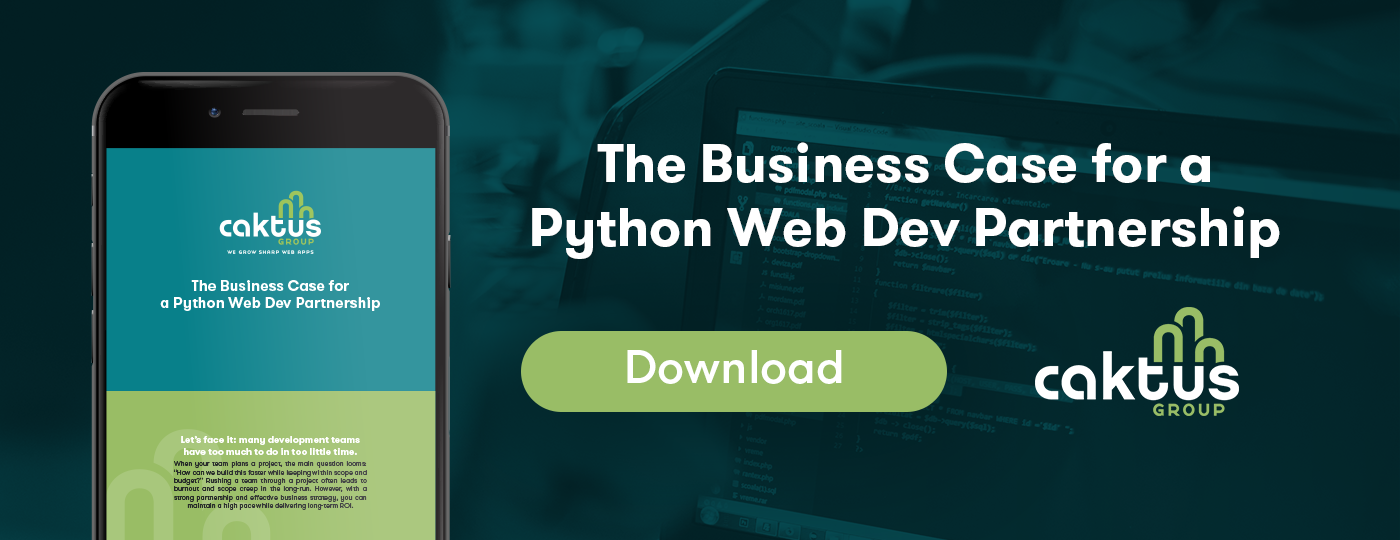And why a single-page application might be the right choice for your product.
You have a product and you’ve done your research. Maybe you’re an entrepreneur taking your first dive into the tech scene with a new product, or maybe you have a product and you’re looking to tap into the digital front. One way or another, you’ve done your due diligence and you’re ready to start shopping for a development team. You don’t need to (and probably shouldn’t) make technical decisions about your product. But having some ideas about your application and its general architecture can help you choose a development team with the right expertise to build your product. When it comes to application architecture you’ve got options, but one option stands out from the rest for building beautiful, interactive and user-friendly web applications.
Single-Page Applications
Single-page application (SPA) is an application architecture that decouples the user-facing product from the business logic that drives it. This decoupling is opaque to the end-user, but provides many benefits to the developer. Another distinguishing characteristic of SPAs is that they never actually move from one “page” to the next. The user won’t see any of these features. Your users might never know that they’re visiting a single-page application on the internet, but they will notice certain characteristics:
Looks and feels super smooth
The tools used to build SPAs utilize modern techniques in web development that allow the developer to create seamless interactions and transitions between pages.
Highly interactive
Interactivity in standard web applications tends to come with a fairly high development cost. SPAs are built in such a way that the cost is dramatically reduced. User-enticing and functional interactions are far more common in SPAs, and occur more often within an application.
Reduced loading time
This is because there are no “pages” to load. SPAs mock the behavior of a normal website, but internally never move between pages. They truly are a single page, but to the end-user they appear to behave exactly the same as a normal website.
Micro-interaction rich
Micro-interactions are the body language of applications. They are the things we do and the signals we receive a thousand times a day without thinking about, but if they’re absent or awkward, our experience is ruined. SPAs excel at providing micro-interactions at a low development cost.
Resistant to user-facing failure
It’s much easier to prevent errors from blocking the user’s progress through your SPA. No more user-visible “500” or “404” errors. You choose whether or not to notify the user of an internal error. They can continue their business, unimpeded.
More Bang for Your Buck
While many of the above benefits are possible within the framework of a more standard application architecture, it tends to be cost prohibitive. All of the value mentioned above comes at a dramatically reduced cost when using a single-page application architecture. That is because development teams working with SPA frameworks benefit from certain features:
Easily reused components
SPAs are built around small reusable pieces of code that map directly to elements on the screen. A component might be as complex as a calendar view, or as small as an interactive button. These components can be reused and reskinned from one project to the next. This saves a ton of development time.
Robust third-party libraries
Developers benefit not only from their own previous work as above, but from the work of countless developers who publish their components under an open license for general use. These components can be fully customized to fit your product’s design.
Business logic that is developed separately from user-facing content
Development teams can work on user-facing code and backend business logic in tandem, without blocking the other from progress. This can really speed up development time!
Modern and efficient development tooling
A developer is only as good as her tools. Web apps can be very complicated, and a certain amount of the cost of every project is dealing with this complexity. A good setup can shave a surprising amount of time off of a project. SPAs exist in an ecosystem with access to the most up-to-date tooling available.
Some Notable Single-Page Applications
Following are just a few of the larger organizations that have utilized this architecture in their products to great effect:
• Gmail, Google Maps, Google Docs, and a number of other tools in the Google Suite
• Netflix
• Facebook
• Twitter
• The entire Atlassian Suite
Convinced?
If a single-page application sounds like the right architecture for your app, then look for a development team that has certain areas of expertise:
- React.js or Vue.js : These are the leading frameworks used to build modern single-page applications. There are others, but these are the best.
- REST or GraphQL API development: This is the part of the application that stores and serves data to the user-facing application.
It used to be true that SPAs failed to compete with regular websites in search results. There were unique challenges for search engine optimization (SEO) using this architecture. This is really no longer the case — but if SEO is a major concern, it may change the way your development team builds the app from the beginning, so have this conversation early!
In the end, you’re hiring a development team to make technical choices for you in order to deliver the vision for your product. Trust your developers — they are the experts! But knowing a bit about high-level architecture can help you narrow down your list of development partners, and ultimately help you to make a decision that will lead to a better product.



